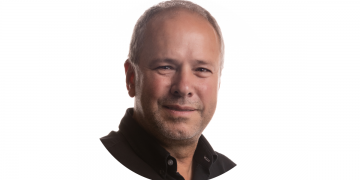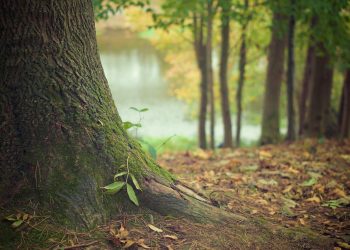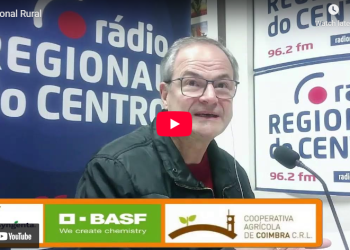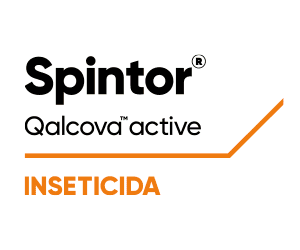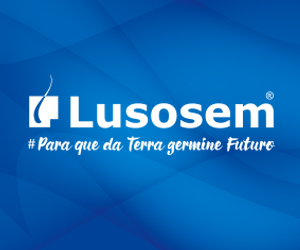This process of removing carbon from the atmosphere is commonly referred to as the carbon sink. Worryingly, evidence now shows that the carbon sink is weakening, with Europe’s forests absorbing less carbon dioxide from the atmosphere.
An article published in Nature, led by the Joint Research Centre, details the forest carbon sink decline and its causes. It sets out research priorities for forest monitoring and modelling, as well as the need for better forest management to improve our understanding of the forest carbon sink, resilience of forests, and guide policy to safeguard this vital asset.
A shrinking carbon sink: causes and implications
According to the EU greenhouse gas inventory published by the European Environmental Agency (EEA) in 2024, the average forest carbon sink between 2020-2022 decreased by about 27% compared to the average sink in 2010-2014. The new 2025 EU inventory outlines an even worse picture, with a much stronger decline of the sink in the period.
The decline in carbon absorption has several causes. Harvesting of trees has increased. Climate change is making heatwaves and droughts more frequent, which reduces tree growth. Climate change also tends to increase disruptive events such as insect outbreaks, wildfires and tree mortality, which have become more frequent and severe in some areas.
The research investigates the drivers of the decline in carbon sink and looks for the most effective ways to reduce their impact. Cutting greenhouse gas emissions remains the most important strategy to mitigate the effects of climate change. However, it is also important that we modify tree harvesting regimes and reconsider how we manage forests, to make them more resilient to climate change and weather extremes.
Furthermore, better and more timely data on carbon pools and forest health are essential to developing policies and practical measures to reverse this worrying trend.
Addressing the knowledge gaps
The study has identified several knowledge gaps in how we monitor and model Europe’s forests. Two priorities stand out: first, there is a pressing need to measure carbon fluxes more precisely and in a more timely manner, by tracking how carbon moves between soil, vegetation and atmosphere; and second, to refine predictions of how extreme weather events, and worst case scenarios, will alter the carbon sink. Tackling these issues is essential for building a comprehensive EU-wide forest and carbon sink monitoring system. The studies highlight several major gaps where more research is needed:
- Earth observation: High-resolution satellite imagery, combined with airborne data and ground observation networks are essential for monitoring EU forests in a timely manner. Currently, many EU countries rely mostly on periodic forest inventories, which are not sufficient to keep up with the rapid pace of declining forest health. Moreover, existing forest datasets require more transparency and standardisation for their better utilisation, along with technical advances to assess impacts on the environment, biomass stock changes, forest management, and tree mortality.
- Forest resilience: There is a need to improve the understanding of how biodiversity, resilience and forest management interact with each other. The development of a comprehensive biodiversity monitoring framework based on the combination of ground data and earth observation could help address this knowledge gap. In turn, understanding these interactions could support biodiversity-friendly forest management, considering that mixed-species forests tolerate disturbances and climate extremes better and have a greater carbon sink potential.
- Forecasting and anticipation: Decisions on forest management and nature-based climate solutions have a great potential to preserve or even increase the forest sink. However, anticipating the potential unintended long-term negative impacts of these solutions, such as effects of afforestation on local water resources, is key to increase future forest resilience and adaptation to climate change.
- Scaling up: Expanding and improving ongoing research that integrates forest growth and socio-economic models would give policymakers a clearer insight into how forest harvesting and harvested products influence the forest carbon sink.
Looking ahead: possible actions and outcomes
The research outlines possible actions in the field of forest monitoring, modelling and forest management that could prevent the forest carbon sink’s decline.
The study calls for integrated policies that address both climate and environmental goals and presents a research roadmap to guide these policy decisions. By pairing timely regulations with incentives for sustainable practices, the EU can still reverse the decline of its forest carbon sink and preserve their expected contribution to climate neutrality by 2050.
O artigo foi publicado originalmente em JRC.












